In a milestone achievement for Portugal’s growing space ambitions, the Atlantic Spaceport Consortium executed successful back-to-back launches of suborbital rockets from Santa Maria Island in the Azores last autumn. This proof-of-concept event underscores the country’s determination to establish a commercially open spaceport capable of supporting both suborbital and future orbital launches. With its strategically advantageous location and a quickly maturing regulatory framework, the Azores spaceport initiative is gaining considerable attention from across the space industry. Editor-in-Chief Clive Simpson explores the Atlantic Spaceport Consortium’s vision, Portugal’s broader space aspirations, and how an Azores spaceport might fill a gap in Europe’s medium launcher capacity.
When the first rocket roared into the skies above the Azores on a sunny day at the end of September, a new chapter in Portugal’s space history was written. The launch vehicle, called GAMA, developed by the Atlantic Spaceport Consortium (ASC), reached a top speed of 400 m/s and soared to an altitude of 5,596 metres. While modest compared to larger commercial rockets, it still claimed a domestic record for Portuguese-built launch vehicles.
The significance of this milestone extends beyond mere numbers. As a private initiative, it sends a clear message about Portugal’s emerging capability within the evolving global NewSpace industry. It also highlights a future business proposition: a commercial spaceport capable of handling regular launch schedules and supporting a wide array of space activities from the mid-Atlantic.

“It was crucial for us to demonstrate that the operational competency to launch and recover rockets exists in Portugal,” says Bruno Carvalho, Director of the Atlantic Spaceport Consortium. “Our vision is to continue fine-tuning procedures as we build up the capacity for larger orbital rockets.”
Stepping-stone to the stars
As a private initiative, it sends a clear message about Portugal’s emerging capability within the evolving global NewSpace industry. Portugal, a member of the European Space Agency (ESA) for over 20 years, hosts one of ESA’s ESTRACK antennas on Santa Maria Island. The establishment of the national space agency, Portugal Space, in 2019 has accelerated progress, supported by the government’s Space 2030 programme aimed at economic growth through satellite data services and in-orbit manufacturing initiatives.
The Azores, located approximately 1400 km west of Lisbon, is an autonomous region with nine volcanic islands, including Santa Maria. The potential for a dedicated launch site has been recognized for some time, as Portugal Space has indicated a gap in medium launchers and the infrastructure necessary to support them.
“We need spaceports that can handle the requirements of new, medium lift launch vehicles,” remarked Hugo Costa, a board member at the Portuguese Space Agency. “Increasing the number of spaceports in Europe will enhance independent access to space.”
In 2023, the Portuguese Space Agency projected the turnover of its national space ecosystem to be around €150 million.
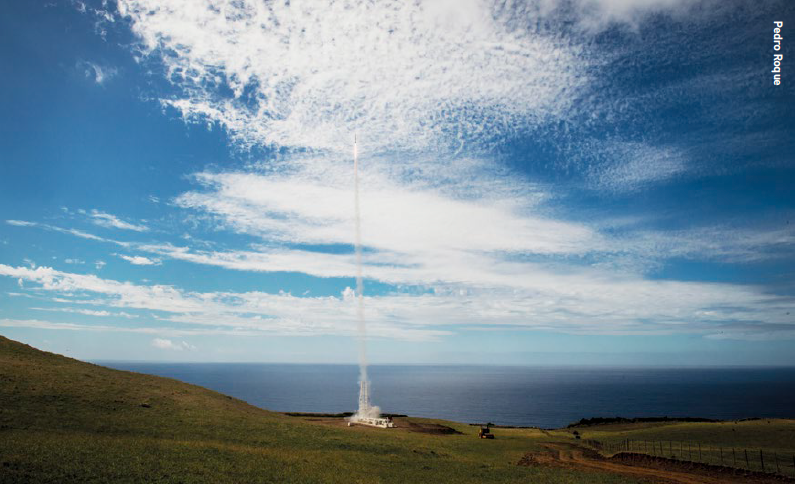
Regulatory framework
Much hinges on a quickly evolving Portuguese legal framework for space activities. Early in 2024, Portugal passed new space legislation laying the groundwork for licensing and regulating launch activities, spaceport operations, and safety protocols. Portugal Space supports policy development, while the final regulatory approval comes from the National Space Authority (ANACOM).
Under the current model, two forms of licensing are required: one for the physical spaceport infrastructure and another for each specific vehicle and mission profile. “The final piece of the regulatory framework was published in late October,” Carvalho explains, “opening the door to a full licensing regime and allowing us to move forward with more permanent infrastructure.”
For now, the Atlantic Spaceport Consortium operates under temporary measures allowing for suborbital demonstrations, fitting into the European Union’s emphasis on deregulation and commercial partnerships for innovation in space.
“We’re building a truly open spaceport,” Carvalho emphasized during an interview at the International Astronautical Congress (IAC) in Milan, Italy. “Our recent suborbital launches from the Azores are more than just symbolic. We’ve proved that we can bring all the necessary logistics to Santa Maria Island for a smooth launch campaign.”
Location, location
When it comes to launch services, Carvalho stresses that location is everything. “Santa Maria sits at about 36 degrees latitude, a sweet spot for launching into polar, Sun-synchronous, and lower-inclination orbits,” he noted. The region is not crowded with major shipping or flight lanes, allowing for streamlined coordination with NAV Portugal, the air traffic authority.
A formal license application was made on 20 December as the next step towards a fully operational spaceport, with a review period concluding at the end of March 2025. Carvalho hopes to begin construction for suborbital services by summer 2025, while orbital launches will follow once the necessary infrastructure and safety reviews are in place.
Medium-launch capacity gap
Historically, Europe has relied on the Kourou spaceport in French Guiana for heavy-lift rockets. However, the changing commercial landscape is driving the need for a distributed network of spaceports. New sites are emerging, including locations in Scotland, Spaceport Cornwall, and Norway, primarily for small to medium-lift vehicles. The Azores, with its mid-Atlantic positioning, stands out as a viable option.
Hugo Costa reiterates that enhancing Western Europe’s launch capability strengthens the region’s independent access to space. “The Santa Maria Space Hub would be an important piece in that puzzle, especially for medium-class launchers that require dedicated pads and flexible scheduling,” he stated.
Economic boost
The Azores project is also driven by economic potential. “The Azores have mechanisms like free-zone customs clearance, significantly lowering overheads for international launch customers,” Carvalho added. The initiative has attracted international interest from the private sector, with many smaller launch providers seeking existing infrastructure to reduce costs and logistical complexities.
Portugal’s connections with Portuguese-speaking communities globally, especially Brazil and Africa, could foster new partnerships. “We’re not just focusing on the local market,” Carvalho emphasized. “The Azores can serve as an Atlantic stepping stone for global markets.”
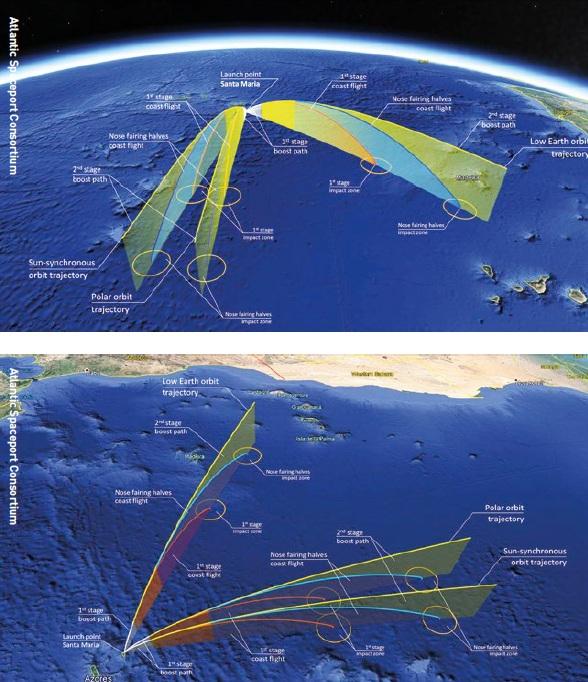
Environment and community
The community and environmental impact of a modern spaceport cannot be overlooked. Santa Maria has a small population reliant on tourism and local industries. Carvalho assures that minimal disruption will be ensured, allowing the island’s main airport to remain operational during launches. Community engagement is ongoing to demonstrate that coexistence with tourism can be beneficial.
The consortium plans to employ best practices to mitigate environmental impacts. “Portugal’s legislative framework is stringent about safety and environment,” Carvalho notes, seeing it as a feature that compels responsible operation from day one. The focus is also on future green propellants and sustainable launch vehicles.
Launch window
The Azores’ climate is known for its unpredictability, yet it maintains relatively mild temperatures year-round. The streamlined airspace management by NAV Portugal is a significant advantage, minimizing disruption to transatlantic flights and ensuring a smooth launch process.
A second rocket and global vision
Following the success of its first GAMA rocket launch, ASC aimed to launch a second rocket the next day, demonstrating the potential for routine operations from the Azores. Carvalho stated, “We wanted to show the world we can do this on a routine basis, not just a one-off test.”
Long-term plans extend beyond the Santa Maria Space Hub, with the consortium exploring locations in the Indian and Pacific Oceans for a global network of spaceports. This strategy would allow operators to select optimal locations based on their launch requirements.
International cooperation
Portugal Space emphasizes cooperation between governments, private industry, and academia. The Azores spaceport exemplifies this collaborative approach, gaining momentum amid Europe’s demand for new launch sites.
As of spring 2025, final regulatory approval is anticipated, allowing the ASC to formalize its spaceport license application. The consortium aims for a fully operational suborbital pad by late 2025 and possibly the first orbital-class rocket launch thereafter.
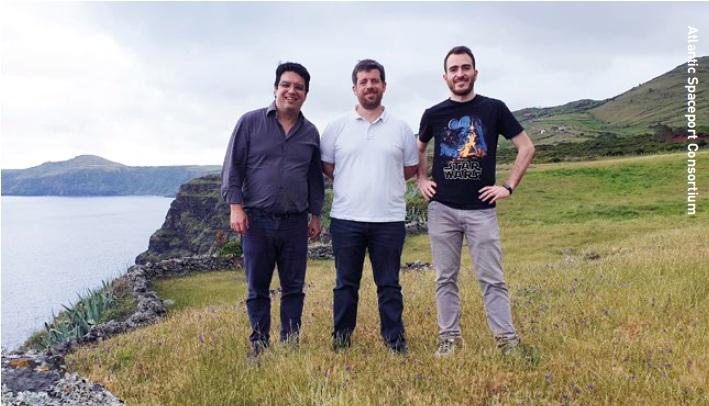
Atlantic launch hub
The long-term vision includes potential for in-space manufacturing and re-entry services. The Azores’ location is ideal for controlled splashdowns and recoveries, aiming to provide a comprehensive framework for customs clearance and logistical support on the island.
The acceleration of NewSpace is prompting nations and private entities to rethink rocket launch strategies. Portugal’s Azores Space Hub is emerging as a serious contender in Europe’s launch market, combining geographic advantages, supportive legislation, and strong stakeholder commitment. The initiative reflects a broader European trend towards diversified, flexible, and independent access to space, positioning Portugal at the forefront of a burgeoning medium-lift launch market.

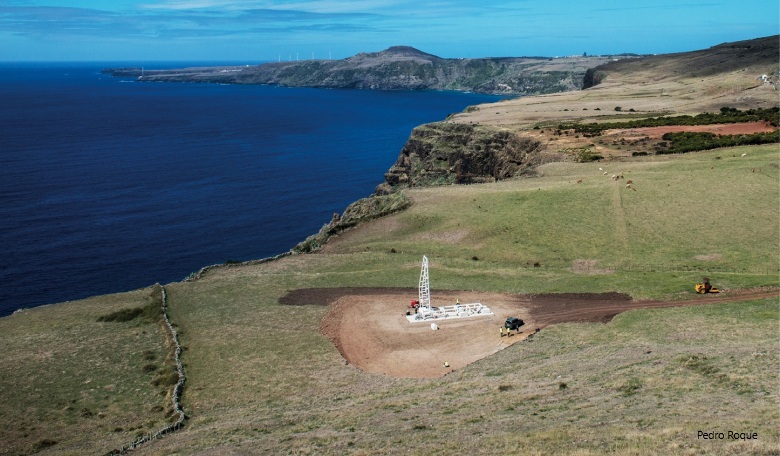

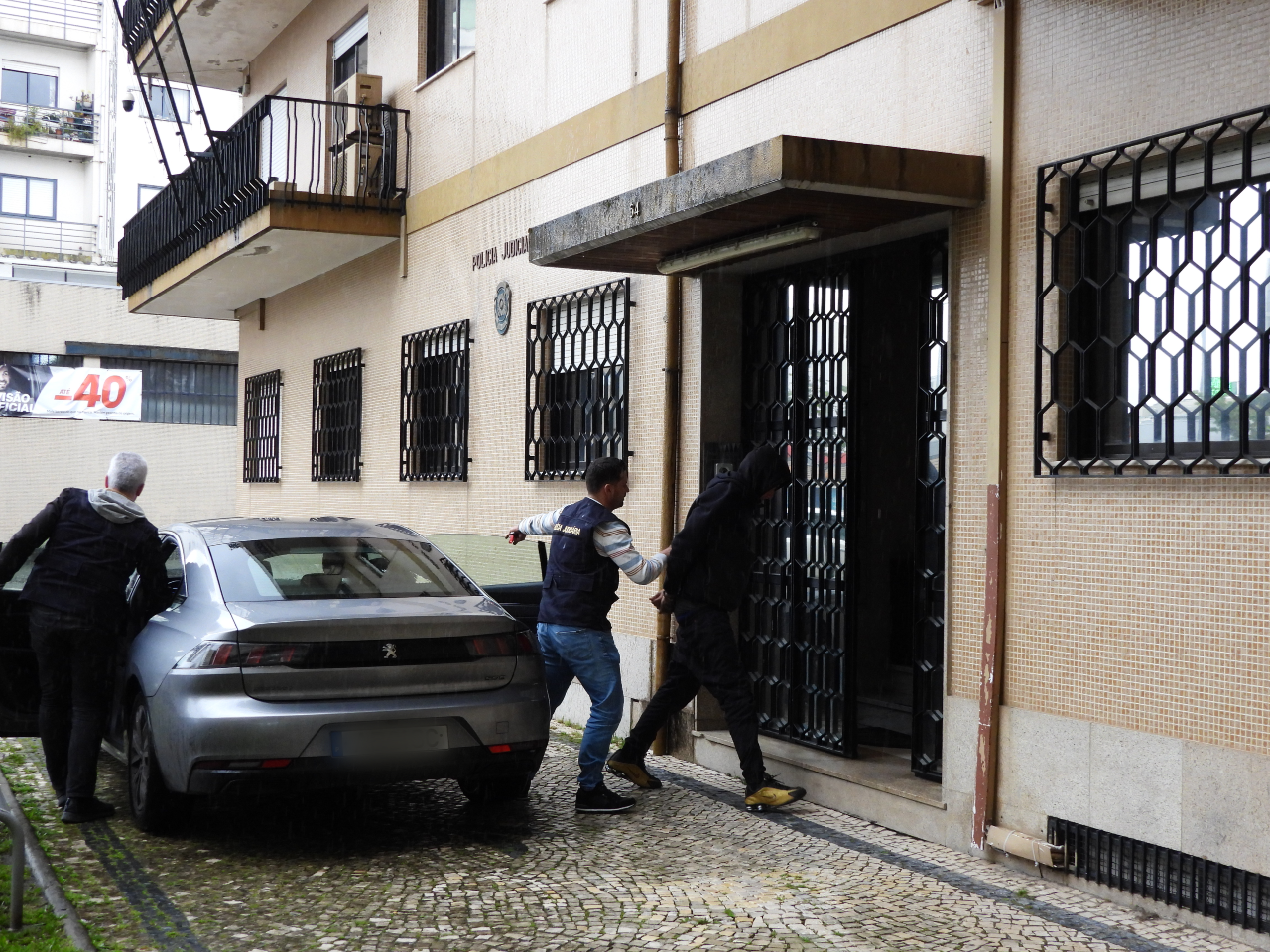


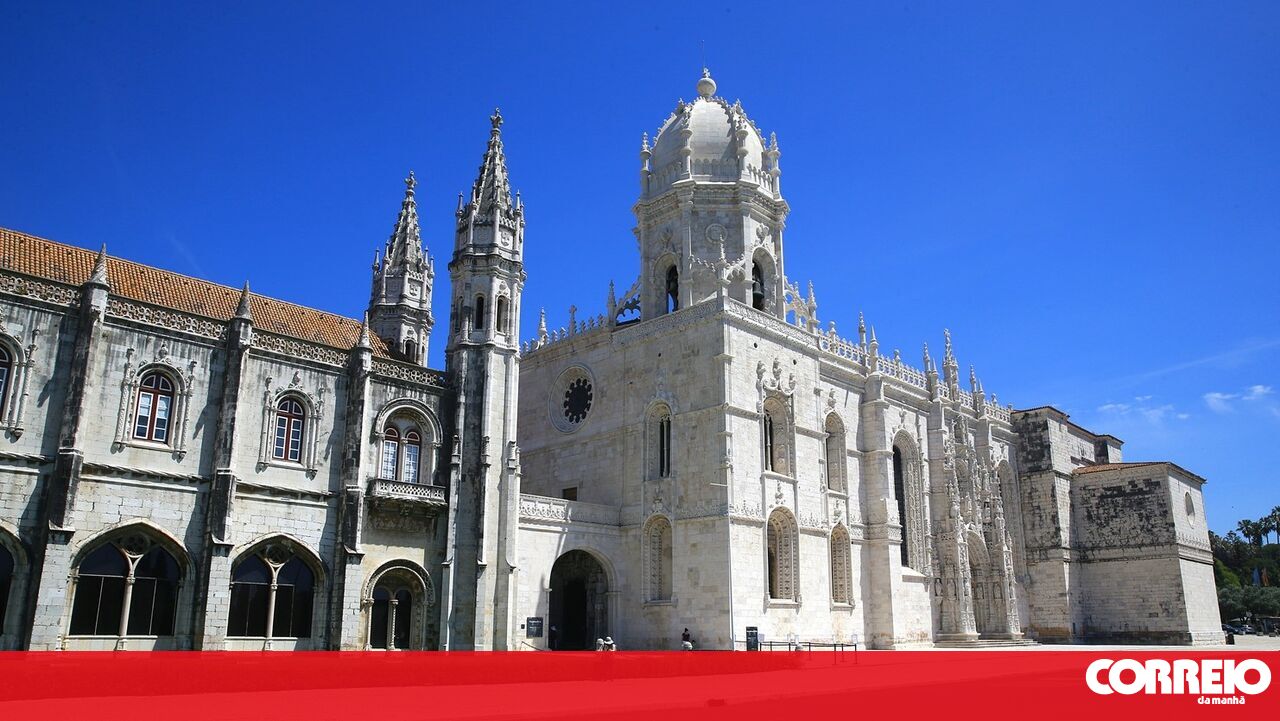





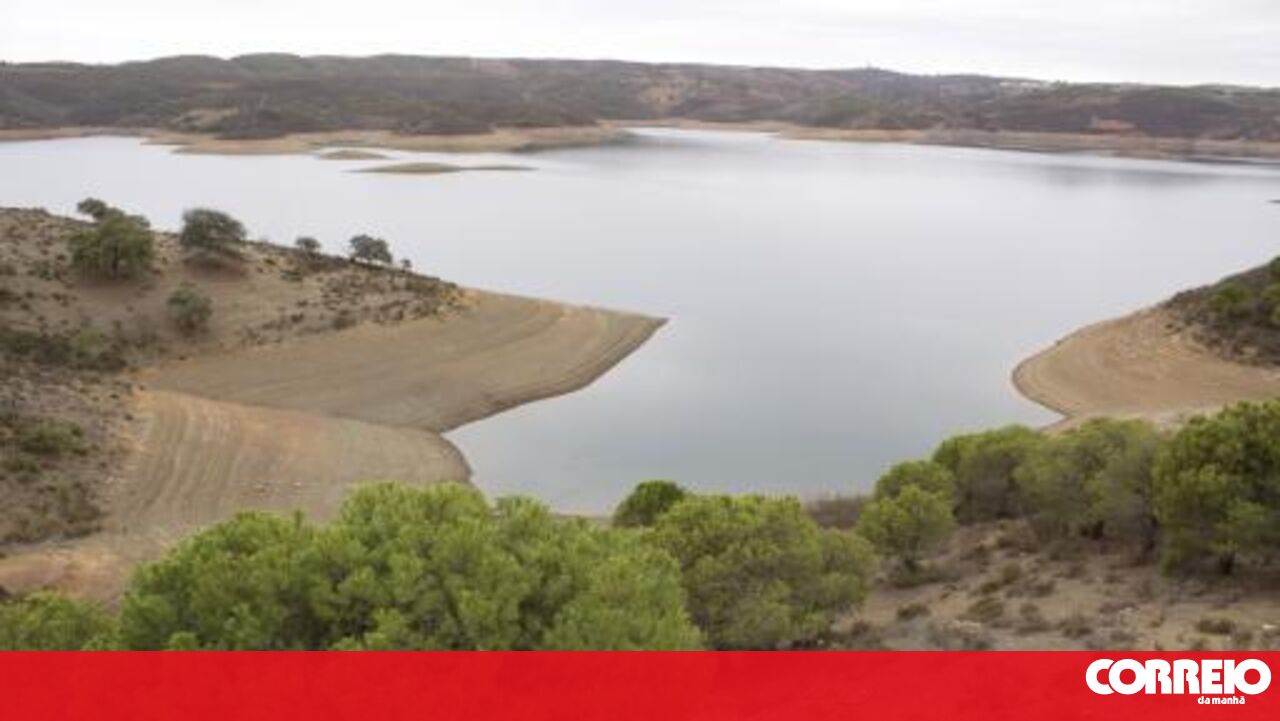


Comments
Join Our Community
Sign up to share your thoughts, engage with others, and become part of our growing community.
No comments yet
Be the first to share your thoughts and start the conversation!